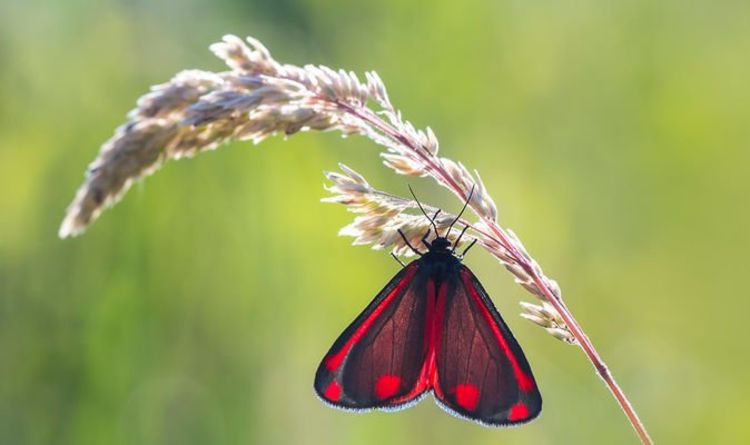Do Moths Drink Water? Unveiling the Thirsty Secrets of Moths
Curiosity about the natural world often leads us to wonder about the habits and behaviors of various creatures. In this article, we delve into the intriguing question: do moths drink water? We will explore the fascinating world of moths and uncover the secrets behind their thirst. Through an in-depth examination, we will shed light on the water-drinking habits of moths and the significance of this behavior. So, let's embark on this enthralling journey of discovery!
1. Understanding Moths: Nature's Mysterious Beauties

Understanding Moths: Nature's Mysterious Beauties
Moths, the nocturnal relatives of butterflies, have captivated humans for centuries with their enchanting colors and delicate wings. Found in diverse habitats worldwide, these fascinating insects play crucial roles in ecosystems as pollinators and as a vital food source for other animals. To comprehend their water-drinking habits, we must first grasp their physiology and behavior.
2. The Need for Hydration: Moths' Thirsty World

The Need for Hydration: Moths' Thirsty World
Just like any other living creature, moths require water for their survival. However, their methods of obtaining this essential resource differ from those of mammals and birds. Moths have developed unique adaptations to fulfill their hydration needs, as they face distinct challenges in their environment.
3. Sources of Moisture: From Puddles to Dewdrops
Moths have several sources of moisture at their disposal. One common method is obtaining water from natural sources like puddles, streams, and even lakes. By sipping from these water bodies, moths quench their thirst and replenish the moisture they lose during flight.
4. Moisture from Plants: A Nectarous Delight
While moths primarily obtain nutrients from nectar, they also benefit from the water content found in flowers. As moths flutter from blossom to blossom, they inadvertently consume small amounts of water present in the floral nectar, aiding in their hydration.
5. Dew: A Nighttime Refreshment
Dew, the moisture that accumulates on surfaces during cooler nights, serves as an important water source for moths. As nocturnal creatures, moths are active during the dark hours when dew forms, allowing them to take advantage of this readily available hydration option.
6. Moth Drinking Techniques: A Closer Look
Moths have evolved specific strategies for drinking water efficiently. One technique involves the use of a proboscis, a long, straw-like appendage present in their mouths. With their proboscis, moths can access water from narrow crevices or extract moisture from damp surfaces.
7. Moths and Artificial Water Sources: An Unintended Invitation
In urban environments, moths often encounter artificial water sources such as birdbaths, fountains, or even open containers. These man-made features unintentionally provide moths with hydration options, highlighting their adaptability in utilizing available resources.
8. The Importance of Water to Moths: Beyond Thirst
The significance of water for moths extends beyond mere hydration. Water intake plays a crucial role in their reproductive cycle, as it helps maintain the necessary conditions for egg-laying and larval development. Understanding the importance of water to moths deepens our appreciation for these remarkable insects.
As we conclude our exploration into the question of whether moths drink water, we unveil a world of hidden adaptations and survival strategies. Moths' reliance on various sources of moisture, from natural bodies of water to plant nectar and dew, highlights their remarkable ability to adapt to different environments. By delving into the thirsty secrets of moths, we gain a deeper understanding of these captivating creatures and the vital role water plays in their lives.